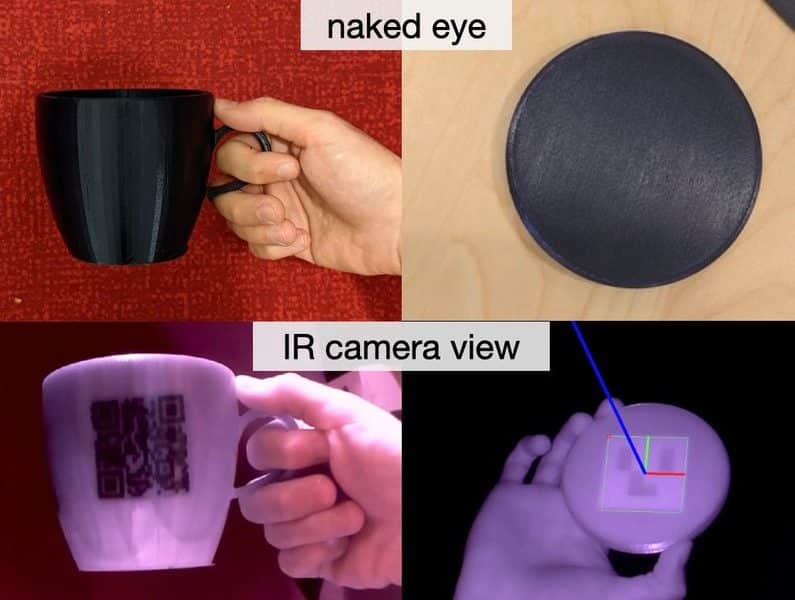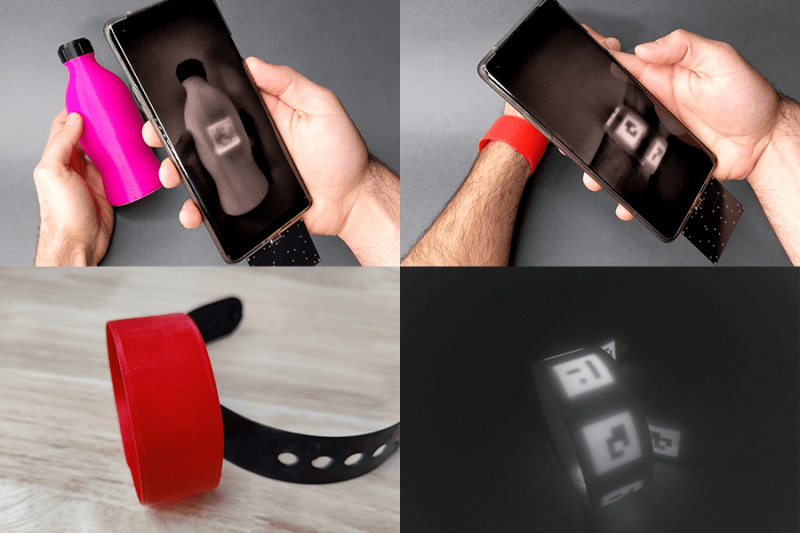In the field of barcode technology, the QR code has represented a real revolution, offering a quick and efficient way to store and retrieve information. However, its visibility can be a limitation in certain applications.
The advanced search of Computer Science and Artificial Intelligence Laboratory (CSAIL) of MIT has developed an innovative technique that allows you to create QR codes invisible to the human eye, but detectable through specific devices (I'll link the paper here). It's not just a matter of aesthetics: this discovery could have significant implications in various sectors, from security to virtual reality.
The genesis of innovation
The desire to combine aesthetics and functionality prompted the researchers of the MIT's CSAIL to look for alternative solutions to traditional visible QR codes. The key to this research is in a particular fluorescent filament. This material, when exposed to a specific wavelength of infrared light, emits fluorescence, making the code detectable by specialized devices.
One of the most fascinating aspects of this innovation is its application in privacy protection. Imagine a home surveillance system that can detect valuables, such as a safe or precious jewelry, without recording their image or compromising the privacy of the home's inhabitants. The ability to detect only fluorescent objects ensures discreet and respectful security.

A touch of colour
The first prototypes of these fluorescent QR codes were limited to the color black: continuous research has led to BrightMarkers, a technology that allows the IR component to be incorporated into traditional filaments. This means that these QR codes can now be integrated into objects of any colour, further expanding their potential applications.
In addition to security, another promising field of application is that of touch interfaces for AR systems. Imagine being able to interact with real objects that have an invisible QR code embedded, offering augmented reality viewers a level of interactivity and realism never seen before.
Invisible QR codes: next developments
One of the most curious applications of this technology is the possibility of 3D printing objects with a QR code embedded inside them.
The research of the MIT's CSAIL has opened the door to a world of possibilities: from advanced security solutions to immersive virtual reality experiences, invisible QR codes will redefine what is possible. What the future holds for us is a bit like them: who can say what will “illuminate” the next innovations?


